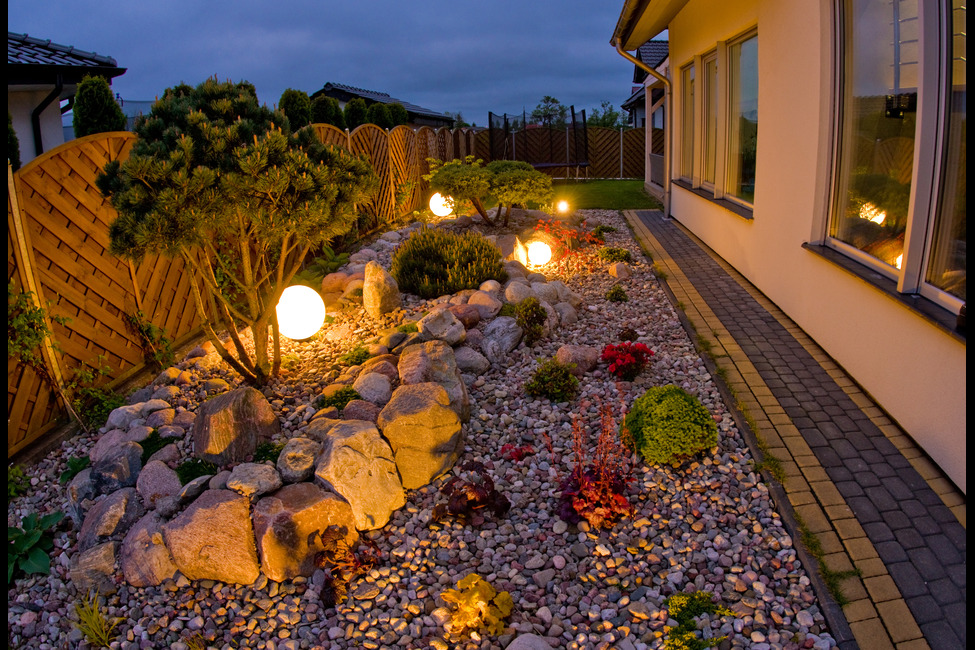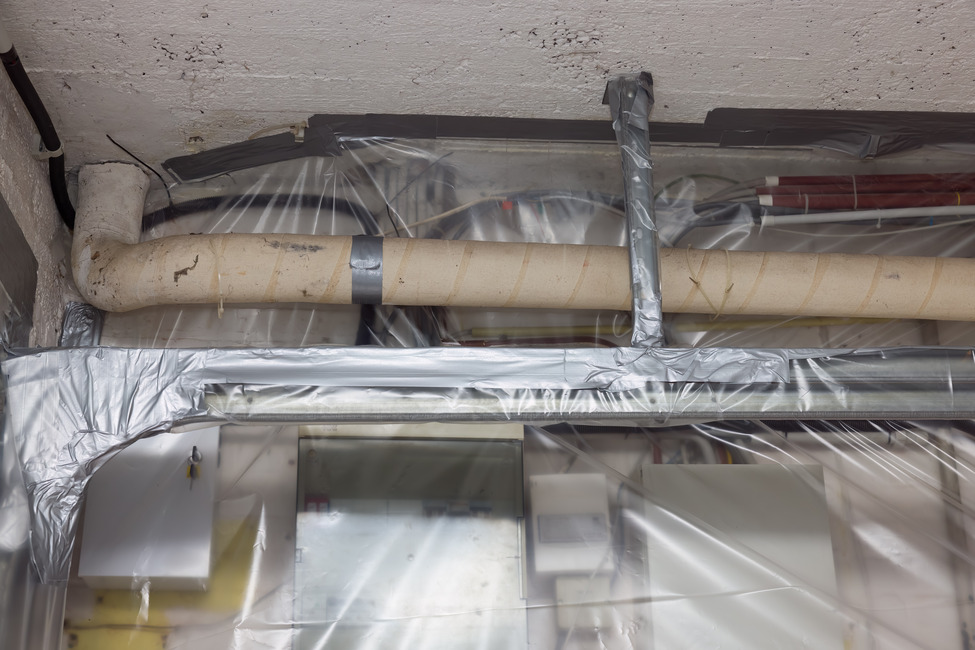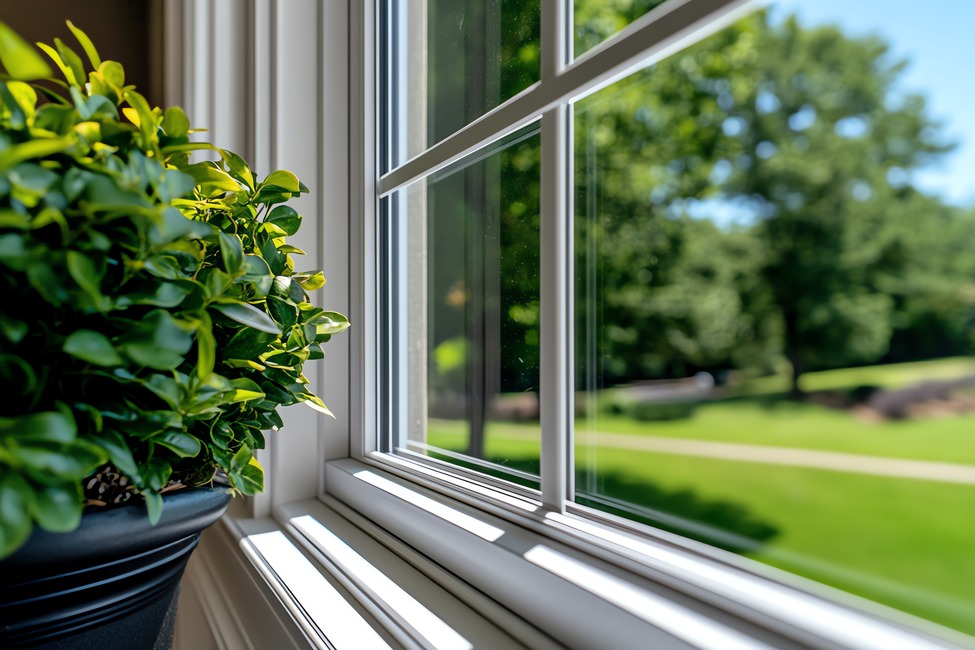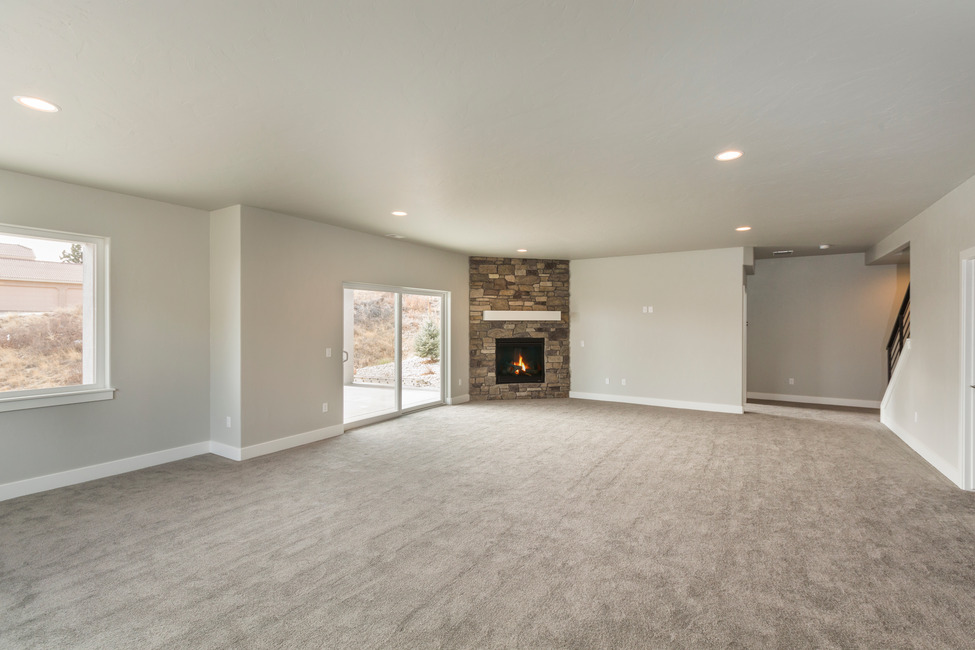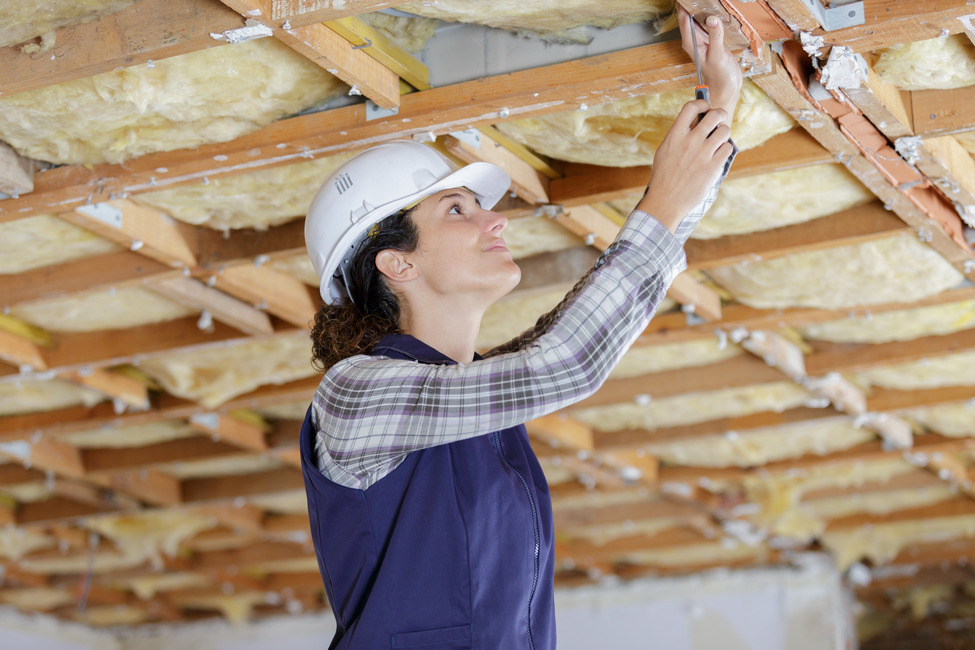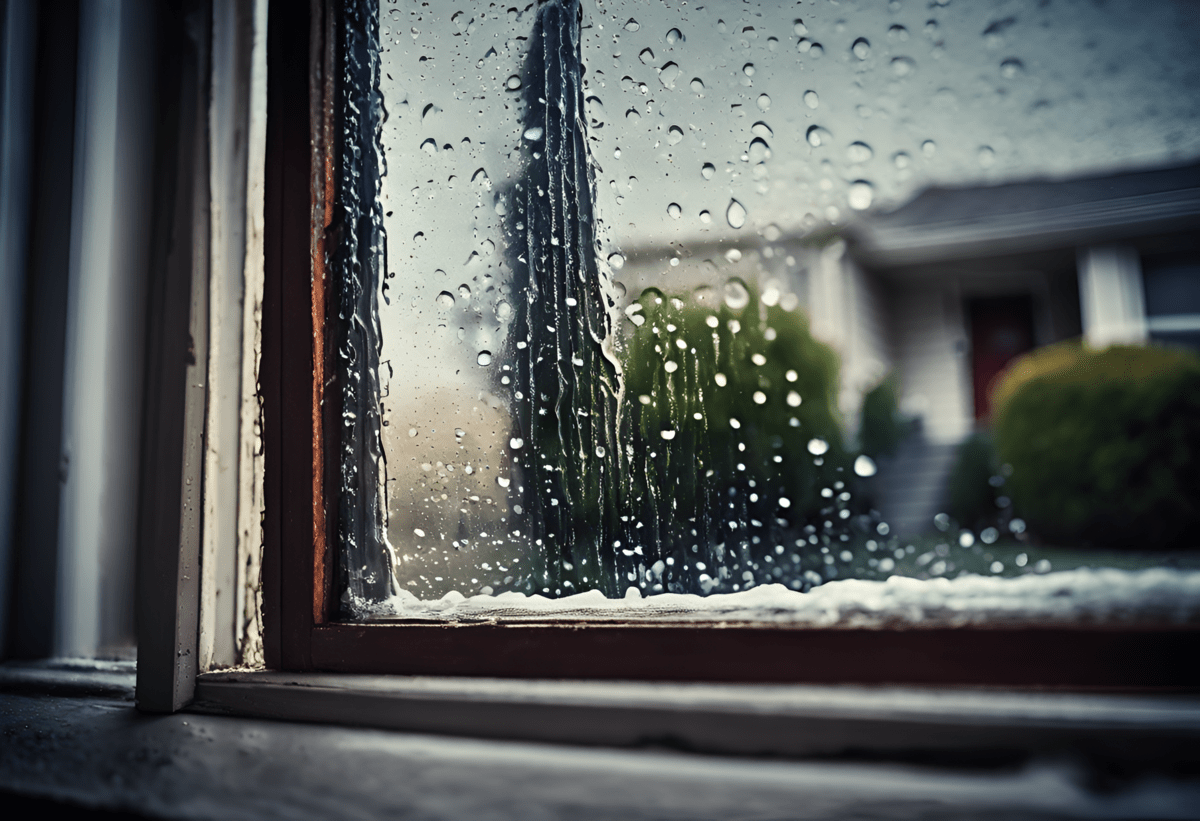Updating your bathroom doesn’t have to mean a costly renovation. With a little creativity and effort, you can give this space a whole new vibe without breaking the bank. From painting cabinets to swapping out fixtures and adding chic decor, these budget-friendly DIY upgrades will refresh your bathroom and make it feel brand new.
Why Upgrade Your Bathroom?
Your bathroom is one of the most-used spaces in your home, and small changes can have a big impact. A well-designed bathroom is not only functional but also a retreat where you can relax. Affordable upgrades allow you to:
- Enhance Aesthetics: Simple updates like fresh paint or new decor can instantly modernize your bathroom.
- Increase Home Value: Even small improvements can boost your home’s resale value.
- Save Money: DIY projects are a cost-effective way to achieve a high-end look.
Let’s explore some easy and affordable ways to revamp your bathroom.
Paint: The Ultimate Game-Changer
A fresh coat of paint can do wonders for any room, and the bathroom is no exception.
Paint the Walls
- Light Neutrals: Shades like white, beige, or soft gray create a bright, clean look.
- Bold Colors: For a dramatic effect, consider deep blue, emerald green, or charcoal on an accent wall.
Pro Tip: Use mildew-resistant paint for a durable, long-lasting finish in humid spaces.
Update the Cabinets
Cabinets can take up a lot of visual space, so giving them a new look makes a huge difference.
- Prep Properly: Clean and sand the surface before applying paint.
- Color Choices: Opt for classic white or trendy colors like navy, sage, or black for a bold touch.
- Finish with Hardware: Pair your painted cabinets with new knobs or pulls for a polished look.
Swap Out Fixtures for Instant Impact
Replacing outdated fixtures is a simple way to modernize your bathroom.
Update the Faucet
Upgrade to a sleek, modern faucet to create a focal point.
- Matte Black or Brushed Gold: Adds a contemporary or luxe feel.
- Classic Chrome: Timeless and budget-friendly.
Change the Showerhead
A new showerhead can transform your daily routine:
- Rain Showerheads: Perfect for a spa-like experience.
- Water-Saving Models: Eco-friendly and cost-efficient.
Upgrade Towel Bars and Hooks
Swap out old towel bars for modern, cohesive designs. Choose finishes that match your faucet and other hardware for a unified look.
Enhance with Affordable Decor
Adding stylish decor is a quick and easy way to refresh your bathroom.
Mirrors with Personality
Upgrade your plain mirror to something more decorative:
- Frame It: Add a DIY frame using wood or peel-and-stick trim.
- Swap It Out: Replace it with a trendy round or vintage-style mirror.
Add Plants
Plants add life and color to your bathroom while improving air quality.
- Low-Maintenance Options: Choose pothos, snake plants, or peace lilies that thrive in humidity.
- Creative Displays: Use hanging planters, shelves, or small pots near the sink.
Use Textiles to Elevate the Space
- Shower Curtains: Choose one with bold patterns or textures to become a statement piece.
- Towels: Mix neutral tones with a pop of color for a balanced look.
- Bath Rugs: Opt for plush, absorbent rugs in complementary colors to tie the room together.
Organize with Style
Keeping your bathroom tidy can make it feel more spacious and inviting.
Declutter Countertops
- Use trays or baskets to organize toiletries.
- Store everyday items like toothbrushes in decorative holders.
Install Floating Shelves
- Display candles, small plants, or rolled towels.
- Opt for wood or metal finishes to match your bathroom’s aesthetic.
Utilize Cabinet Space
- Add stackable bins or drawer organizers.
- Use adhesive hooks inside cabinet doors for extra storage.
Brighten the Space with Lighting
Good lighting is essential for a functional and stylish bathroom.
Replace Light Fixtures
- Wall Sconces: Install these on either side of the mirror for even lighting.
- Pendant Lights: Hang above the vanity for a trendy touch.
- LED Bulbs: Use energy-efficient LEDs to brighten the room and lower your electricity bill.
Add Accent Lighting
- Under-Cabinet Lights: Create a soft glow that’s perfect for nighttime.
- Vanity Lights: Highlight your mirror area for makeup or grooming.
If a new fixture isn’t in the budget, consider painting or updating your existing light with a new shade or cover.
Budget-Friendly Wall Enhancements
Make your walls stand out with simple, cost-effective upgrades.
Peel-and-Stick Wallpaper
Add personality with removable wallpaper in bold patterns or subtle textures. Use it as an accent wall for a quick transformation.
DIY Artwork
Create your own bathroom art using inexpensive materials:
- Frame prints, postcards, or magazine clippings.
- Paint abstract designs on small canvases.
Tile Decals
For outdated tile, use peel-and-stick decals to refresh the look without the hassle of replacement.
Quick Fixes for a Polished Finish
Sometimes, it’s the small details that make the biggest impact.
Recaulk and Reseal
Fresh caulk around your bathtub, sink, and shower not only looks cleaner but also prevents leaks.
Polish or Replace Grout
Use grout cleaner or a grout pen to brighten dingy tile. If the grout is beyond saving, regrouting is a relatively simple DIY project.
Add Scents
- Use reed diffusers, scented candles, or essential oil diffusers to add a calming aroma.
- Choose clean, fresh scents like eucalyptus or lavender to match the spa-like vibe.
Final Insights
Refreshing your bathroom doesn’t have to mean a full-scale renovation. With these affordable DIY projects, you can create a beautiful, functional space that feels brand new. From painting cabinets to adding stylish decor and updating fixtures, small changes can make a big impact. Pick a project, roll up your sleeves, and enjoy the satisfaction of transforming your bathroom on a budget.


